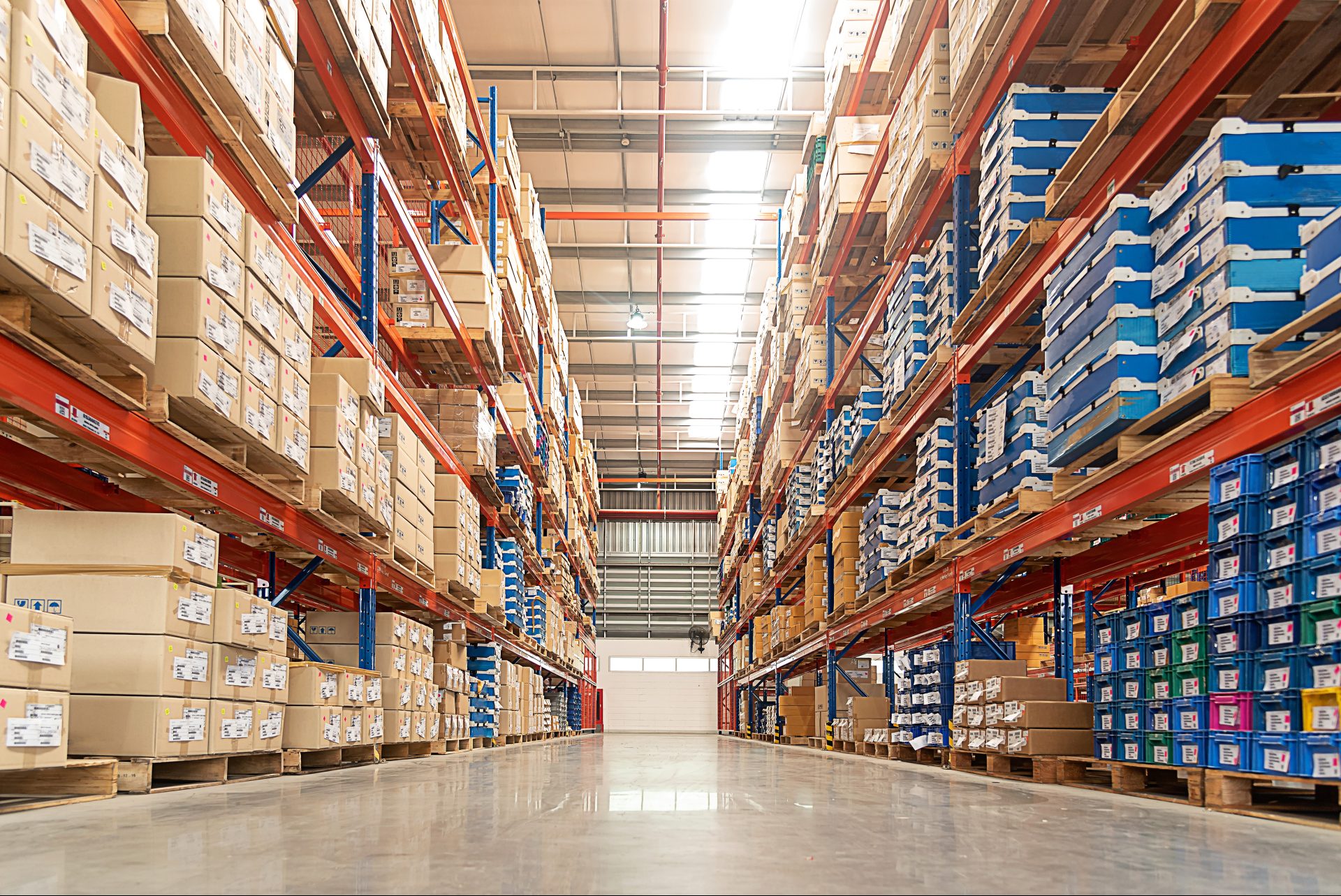
This allows you to see where you want to store items, as well as any physical space limitations of the building itself. When creating your floor plan, you’ll want to group like items together. Within this grouping of items, you may also want to apply the 80-20 rule. This is where you create a space within your warehouse for the items that comprise the top 20% of sales for 80% of your orders, so they are more easily picked. It might take a bit of work upfront, but this warehouse within a warehouse can drastically increase picker productivity. It is important that this area is able to accommodate high levels of traffic, since it is going to see the most usage.
- Drive-in or drive-thru racking
- Flow-through racking
- Push back shelving
- Cantilever racks
Before placing anything in the warehouse, label everything: warehouse racks, shelves, docks, everything. Warehouse label solutions are designed specifically to meet the unique needs of the warehouse. By choosing the right label solution, your warehouse will be easier to navigate, picking and packing will be streamlined, and organizational efficiency will get a boost overall. It is much faster and simpler to look for a barcode, SKU, or other number system to find the right items than navigating through dozens of aisles to find the right section, the right shelf, and the right product.
When stocking your warehouse, it is important to maximize the use of vertical space by stacking shelves. This will also help create a cleaner and more organized warehouse. Putting less frequently-purchased items higher up can help maximize both space and productivity, making the fastest-moving items easiest to access and closer to the loading dock. Product size and weight will also be a major determining factor in how you choose to organize your warehouse.
Keep your warehouse organized by scheduling frequent cleanings and by ensuring that aisles are kept clear of obstacles. Having policies and procedures in place for incoming and shipping inventory will help to ensure that your warehouse is kept organized, and that inventory is accurately accounted for.

